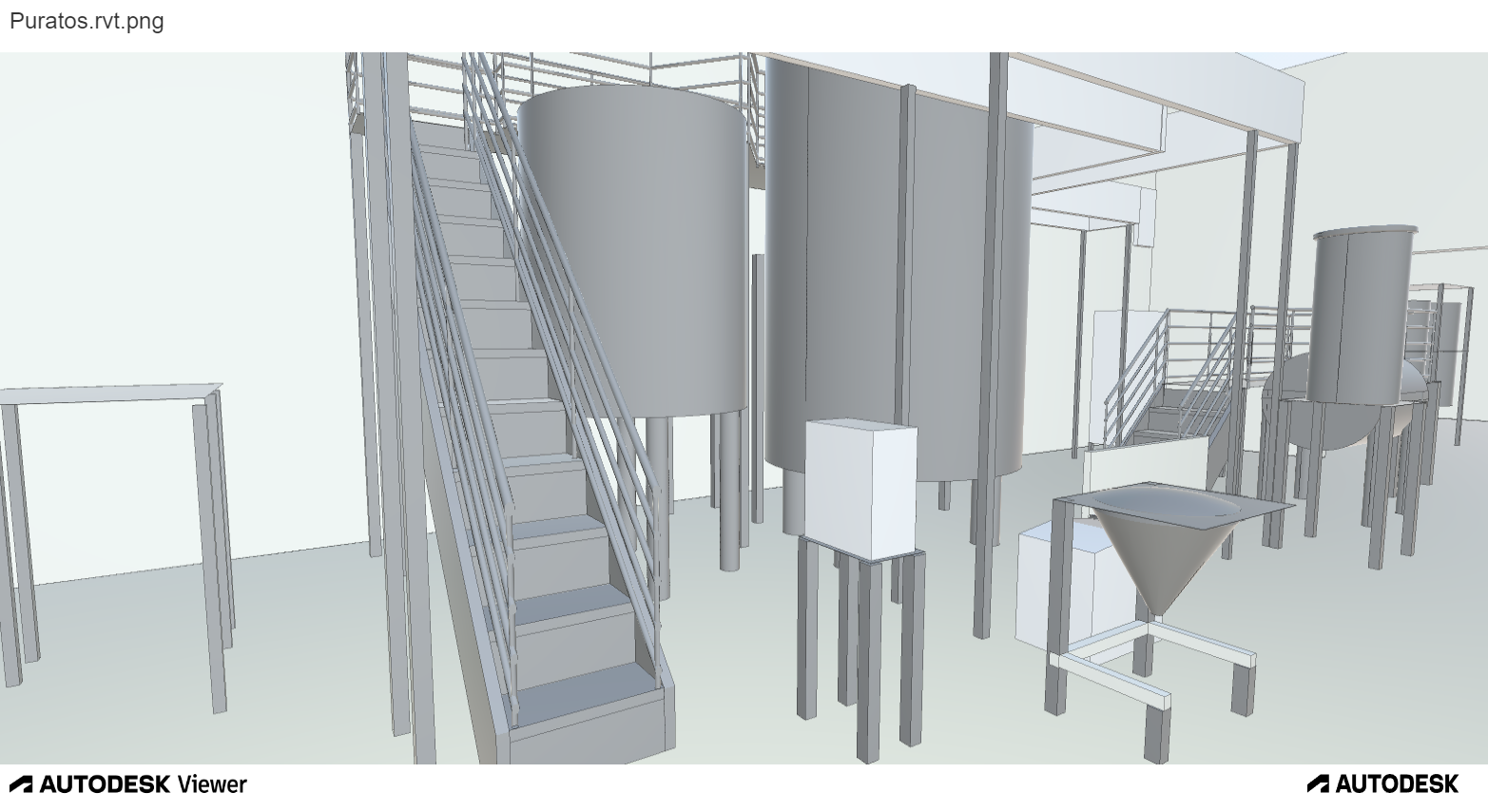What is a Revit model?
Revit is 3D building information modelling (BIM) software, widely used by architects, engineers, and contractors to create a digital single version of truth. This can then be used by all disciplines and trades throughout the project, to help complete their work. Revit was created to support BIM and not to replace it, it hosts the information that forms the model from which drawings and documents are then developed and is used for a variety of purposes such as communicating and collaborating on ideas or design development.
Revit modelling is the creation of 3D models of buildings, and it produces realistic and high-quality 3D graphics. Designed to be useful throughout the lifecycle of a building, Revit modelling uses information from a comprehensive database to describe and illustrate the geometry, design intent and logical relationships of the model elements. It enables multiple users to interrogate, annotate, access, and manage a building’s complete information dataset.
How can you use a Revit model?
Revit enables architects, engineers, and construction professionals to model shapes, structures, and systems in 3D with accuracy, precision, and ease. It streamlines project management by allowing instant revisions to plans, elevations, schedules, sections, and sheets. Perhaps most importantly, it helps unite multidisciplinary project teams for higher efficiency, collaboration, and impact – both in the office or on-site.
Many different disciplines involved in the construction process benefit from access to a Revit model of the project. From helping the client visualise the end product and enabling them to gain a complete understanding of how it will function, through to architectural, structural, and also for mechanical, electrical and plumbing (MEP) applications. Most construction projects include MEP, and the 3D Revit model allows the engineer, architect and contractor to clearly understand the MEP layout and design – and how that needs to integrate with the wider building.
It is a valuable tool throughout the various stages in the building’s lifecycle, from concept to construction and all the way through to the ongoing maintenance of the finished building.
What are the benefits of Revit models?
One of the biggest benefits of designing using a Revit model, is that you can convert construction designs into intelligent models. It computes data and creates drawings and models with an exceptional level of detail, which makes it particularly useful when working on complex project designs. By introducing a Revit model, you are encouraging greater automation, coordination, collaboration and scheduling. The models can also be used to demonstrate how a project will adapt and change depending on the modification of different parameters, and provide energy analysis, by gathering electrical data with software to optimise energy-related KPIs. Revit models also play an important role in the ‘decarbonisation’ planning process by helping to identify and reducing the use of carbon in construction.
Revit modelling is constantly evolving and will continue to provide more and more benefits to our clients. If you would like to find out more about how a Revit model can help your next project, please contact us today.








